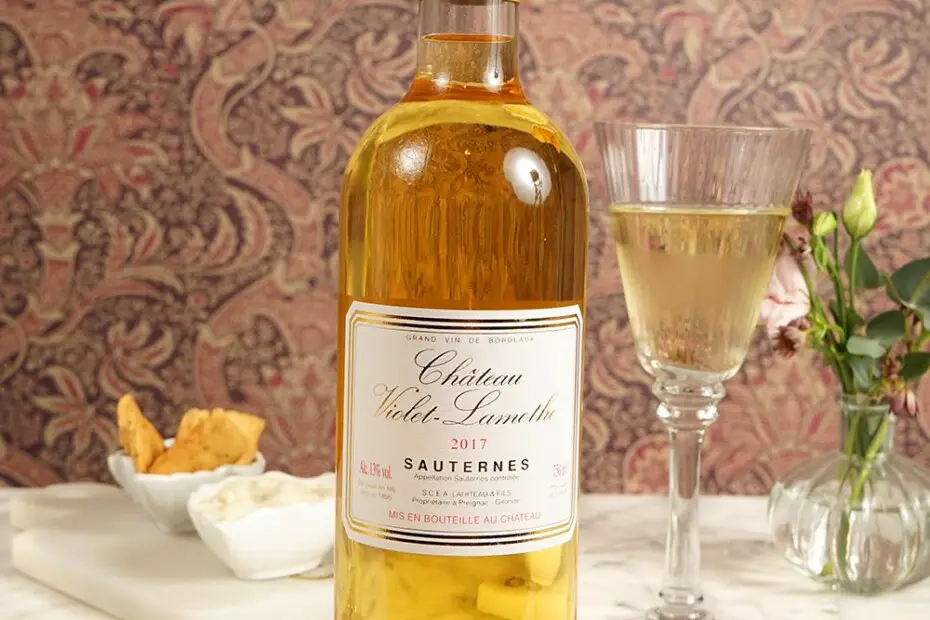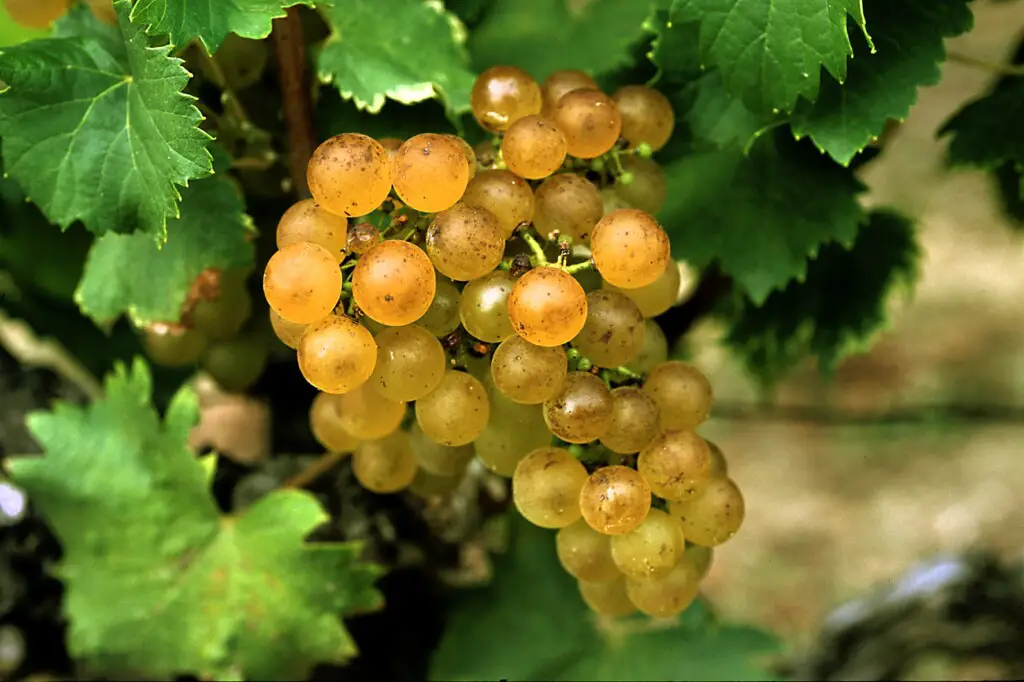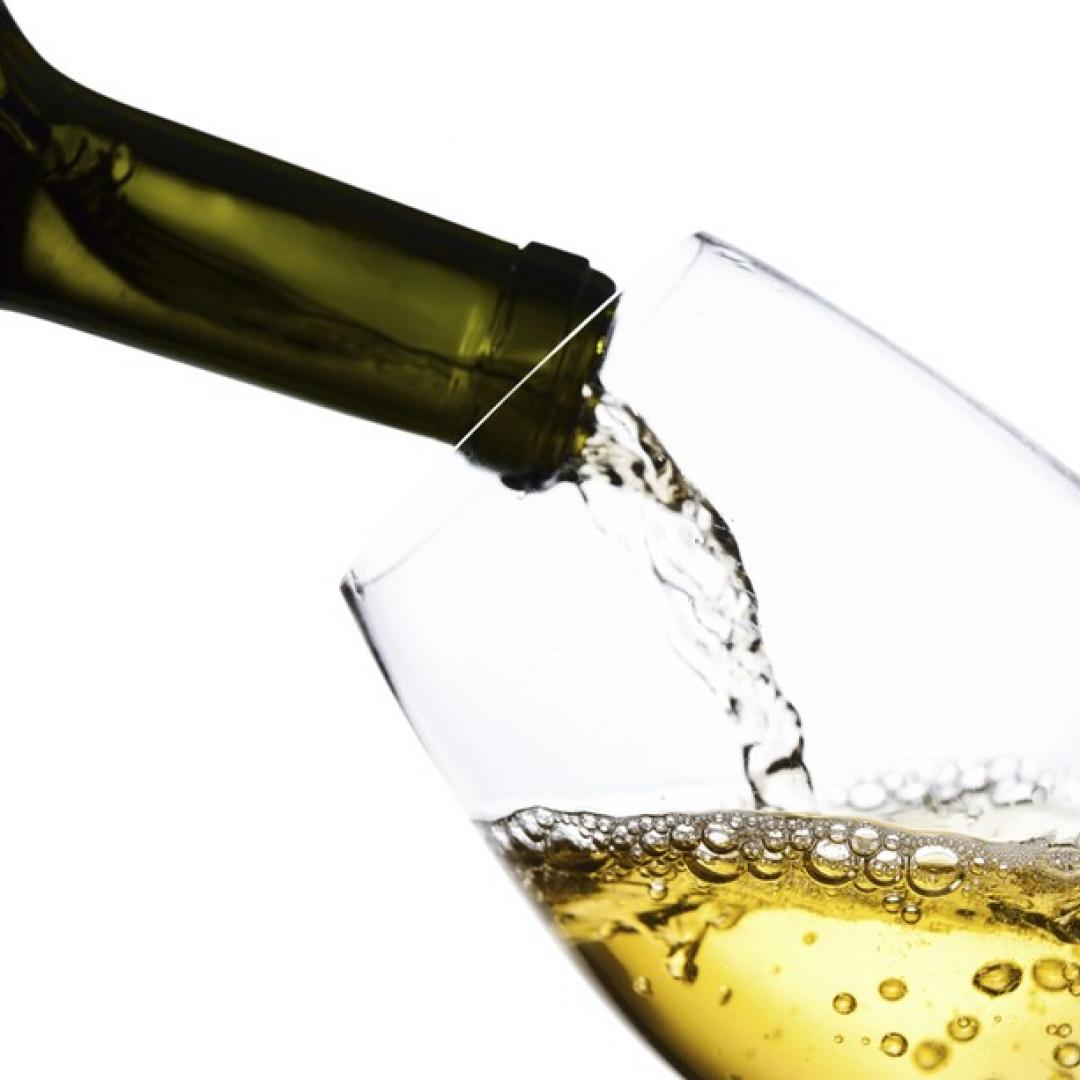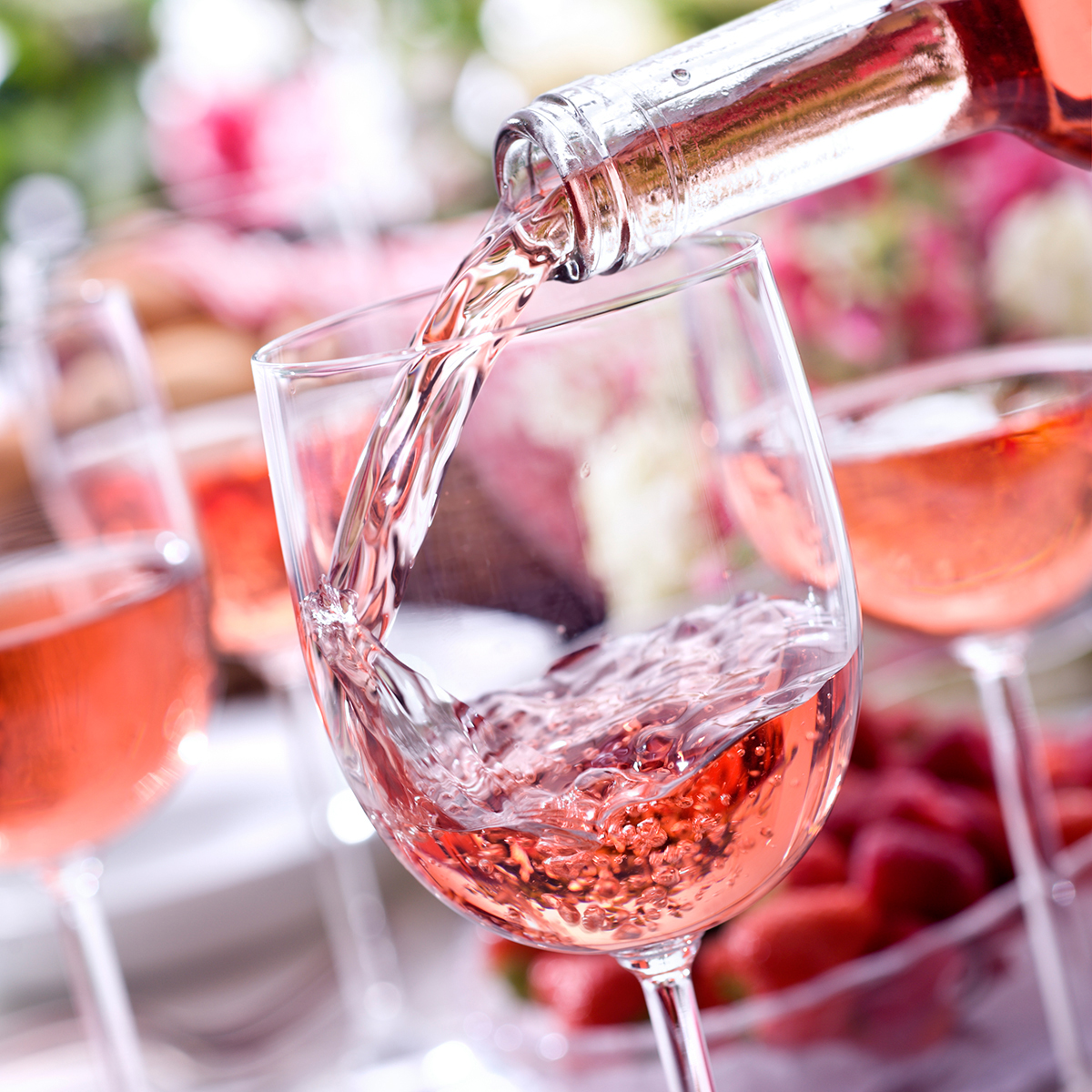do you know Sauternes wines? Sauternes is where the most famous sweet wines of the land come from, they are always white made from botrytized grapes, a method by which the grapes concentrate sugar and lose moisture.
Its wines range in color from medium yellow to deep golden, and can vary in sweetness from simply dry to intensely sweet and cloying, depending on the style of the estate and the ripeness of the vintage with which it is made.
Sauternes is one of the wines with the greatest aging potential in the world, and depends on local conditions, as well as a very unusual fungus and special winemaking techniques.
The Sauternes AOC is located about 30 km south of the city of Bordeaux, on the left bank of the Garonne, on its tributary, the Ciron.
It comprises five municipalities: Barsac, Bommes, Fargues, Preignac and Sauternes. The tradition of its great sweet whites is based on the legend according to which a local winegrower discovered the miracle of noble rot by harvesting his vineyards late, giving rise to such mythical wines as Yquem, Suduiraut, Coutet and Climens.
En esta nota, encontraras lo siguiente
what is Sauternes wine?
Sauternes is a French sweet wine from the Sauternes region, within the Bordeaux wine region. It is made from Semillon, Sauvignon Blanc and Muscadelle grapes affected by Botrytis cinerea, also known as noble rot.
This rot causes the grapes to become partially raisined, resulting in higher sugar concentration and wines with a distinctive aroma. Sauternes is one of the few wine regions where noble rot infection is a frequent occurrence, due to its climate.
Origin and History of Sauternes Wine
Viticulture is believed to have been introduced in Aquitaine by the Romans, the English were the first consumers of sweet wine during the Middle Ages. During the 17th century it was the Dutch who began to develop an interest in white wines.
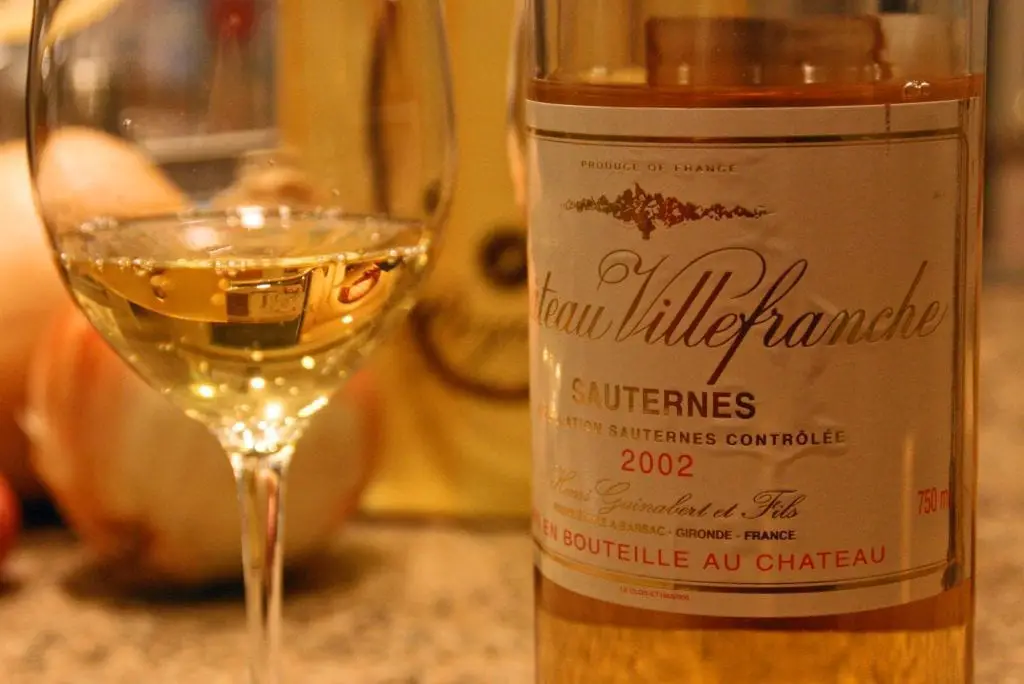
For years the Dutch were active in the German wine trade, but their production in Germany began to decline in the 17th century as the popularity of beer increased.
The Dutch saw an opportunity for a new source of production in Bordeaux and began to invest in planting white grape varieties.
The Dutch began to identify areas that could produce grapes suitable for white wine production and were soon honing in on the Sauternes area.
The wine produced in this region was known as vins liquoreux. There are documents from the 17th century showing that when the semillon grapes arrived in October they were known to be infected by rot and vineyard workers had to separate the infected berries from the healthy ones but these are incomplete documents as to whether or not the botrytized ones were used to make wine.
But by the 18th century, the practice of using noble rot infected grapes in Tokaj and Germany was well known, so the reputation of Sauternes rose to rival those of German and Hungarian dessert wines.
Characteristics of Sauternes Wine
Sauternes wines are characterized by their sweetness, balanced acidity and aromas of apricots, honey and peaches.
- Its typical amber color gradually darkens as it ages
- In the mouth, their density gives them fullness and their acidity balances their body
- They are elegant, vibrant and persistent wines that form an almost unbeatable pairing with foie gras
- Sauternes wines age for decades and the fruity aromas of their youth become smoky and honeyed as they evolve in bottle
- The finish or aftertaste can resonate on the palate for several minutes
Color, taste and aroma of Sauternes wine
Sauternes wine is a very pleasant and elegant sweet wine
- Appearance: Golden yellow color
- Nose: Aromas of white fruits in syrup, orange blossom, roses and hints of orange
- Palate: Delicate and elegant, with good acidity and great persistence in sweet and fruity aromas
Alcohol content of Sauternes wine
The Sauternes wine is a very delicate and tasty sweet white wine with an alcohol content of 13.5%.
Types of Sauternes Wine
Sauternes wine is a very elegant wine with fruity aromas, very mellow and with a lot of minerality. Sauternes wines are sweet white wines and can vary in sweetness from simply dry to intensely sweet and cloying.
Sauternes wine pairing
Sauternes wine is ideal to be enjoyed as an aperitif and is an ideal accompaniment to desserts. 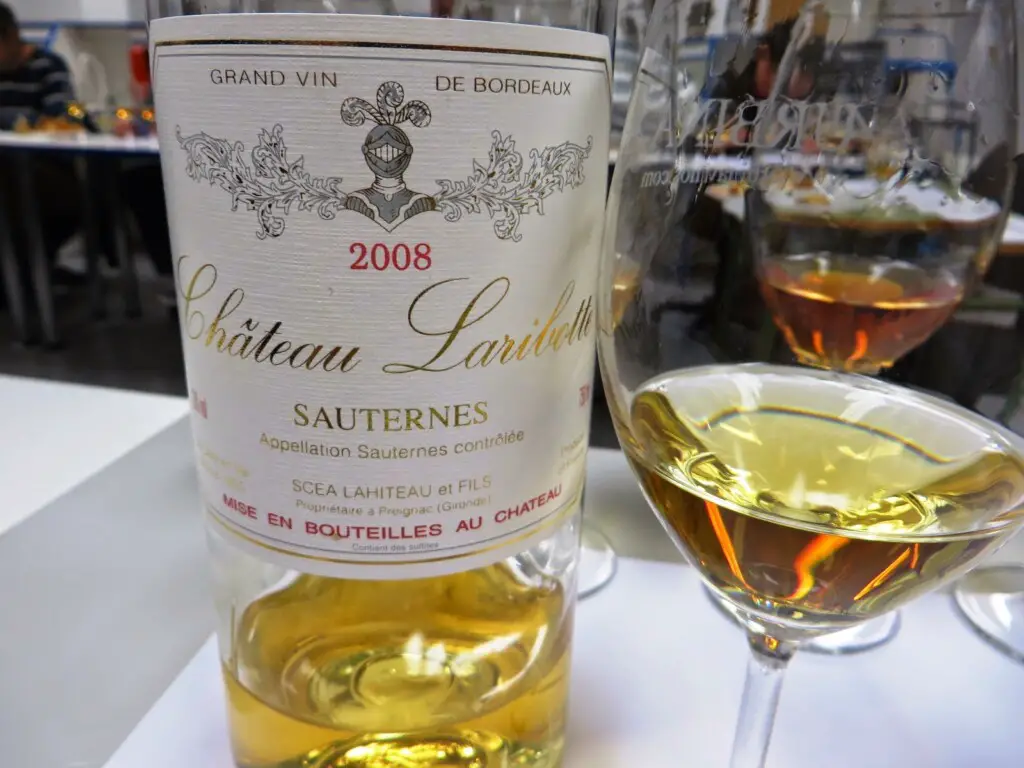
- Desserts: Sauternes is an ideal accompaniment to any type of dessert, especially puddings.
- Cheeses: Roquefort or any other strong cheese goes perfectly with the sweetness of these elegant wines
- Duck: Any duck dish with sauce is delicious when paired with a Saturnes.
- Salads: It pairs perfectly with the freshness of a good salad
- Braised vegetables: An ideal combination to enjoy
- Foi Grass: For lovers of this particular product generated by the duck liver, Saturnes wines are excellent companions
how is Sauternes wine made?
Sauternes wine is made from Semillon, Sauvignon blanc and Muscadel grape varieties. The grapes are carefully transported in small volumes to avoid breaking the berries.
In some cases the grapes are not crushed and are directly pressed. SO2 is added to avoid oxidation and to prevent the development of lactic and acetic acid bacteria.
It can be combined with certain substances produced by Botrytis, raising its total level in the wine. Its alcoholic fermentation takes place under difficult conditions due to the high concentrations of sugar and other substances it contains.
Once produced, they are aged in oak barrels for one or two years, then introduced with their fermentation lees and subjected to periodic batônnage during the first three or four months.
After aging, the wine is clarified, stabilized and bottled to remain in reductive aging for several years, which is when the wine evolves towards more intense colorations and reaches a high quality aromatic complexity.
Characteristics of the grapes used to make Sauternes wine
Sauternes is made from Semillon, Sauvignon Blanc and Muscadelle grapes affected by Botrytis cinerea, also known as noble rot.
This causes the grapes to become partially raisined, resulting in a higher concentration of sugar and wines with a distinctive aroma.
Semillon
Vine of French origin very well adapted to all types of soils, differing in the aromas which are softer in sicyllic soils and more intense in calcareous soils.
- It has large clusters of high compactness, with short stalks and very marked shoulders with berries that are difficult to detach
- Large berries, fairly uniform in size, with a very bright green skin that turns yellowish green when ripe
- With pulp without pigmentation, soft and very juicy
- Sensitive to grey rot which, when enhanced or inoculated on the ripening bunches, gives excellent sweet and liqueur-like flavors
- It is a variety very sensitive to mildew, black rot, wood diseases and especially to tinder
- Young wines are herbaceous and very fruity
- Aged wines of this variety give high quality dry wines with a toasted bread and honey flavor, very round and with a good density and body
Sauvignon Blanc
Vine of French origin with very good production potential and quality
- Very compact and uniform bunches of small size, so the grapes are usually deformed by pressure between them
- Pulp without pigmentation, consistent but very juicy with a clear fruity and very aromatic flavor
- High vigor with very high production and yields
- It needs loose soils that are not very fertile and do not tend to waterlogging
- Medium resistance to winter frost and fairly tolerant to spring cold weather
- It is very sensitive to gray bunch rot, eutypiosis and wood fungus complex including tinder
Muscadelle
It is a vine known as the third white grape of Bordeaux and is widely used in the production of sweet wines
- It has a simple must and raisin aroma like grapes of the Muscat family, but is not related to them.
- Sensitive to gray bunch rot
- Unpigmented flesh
- Consistent and very juicy
Sauternes Wine Temperature
Sauternes wine should be tasted at a temperature between 10-12°C, as this way you can better enjoy the sweetness that characterizes it.
Prices and Best Sauternes Wine Brands
Sauternes wine is an expensive wine, its particularity at the moment of its elaboration and the quality of its vines make it a wine whose cost goes from 15 ¤ to 1500 ¤. Among its best brands we can find:
Prince de Saint-Aubin Sauternes 2014
It is a bright golden white wine with great intensity in aromas of fruit, hazelnuts and spices, round and with good power 14.35 €.
Château Cantegril 2014
Aged for 9 months in oak barrels and 9 months in stainless steel tanks, this delicious white wine is very mellow and mineral but very balanced 31,90 € 31,90.
Château Suduiraut 1999
Gold colored wine. with aromas of sweet lemon, honey and apricot jam, concentrated, creamy with good acidity 79 €.
Château Lafaurie-Peyraguey 1999
Gold color, intense and rich fruit aroma with a touch of honey, powerful and unctuous on the palate with a lively and fresh acidity 69,90 €.
Château d’Yquem Lur-Saluces 1995
With a golden color and aromas of sweet jam, honey and candied orange peel, it is silky and medium weight on the palate making it a real delight €350.
This wine was rated with 100 points according to the critic Robert Parker
Château D’Yquem 2009
Considered the quintessential Sauternes, this wine has exceptional richness and sweetness with seductive aromatic power and delicate acidity 1200 €.
Château Suduiraut 2015
This is a wine of great complexity and exceptionality that make it a true delight 93,40 €.
Château d’Yquem 2016
Aged for 40 months in French oak barrels, this is a balanced wine with great personality €520.

